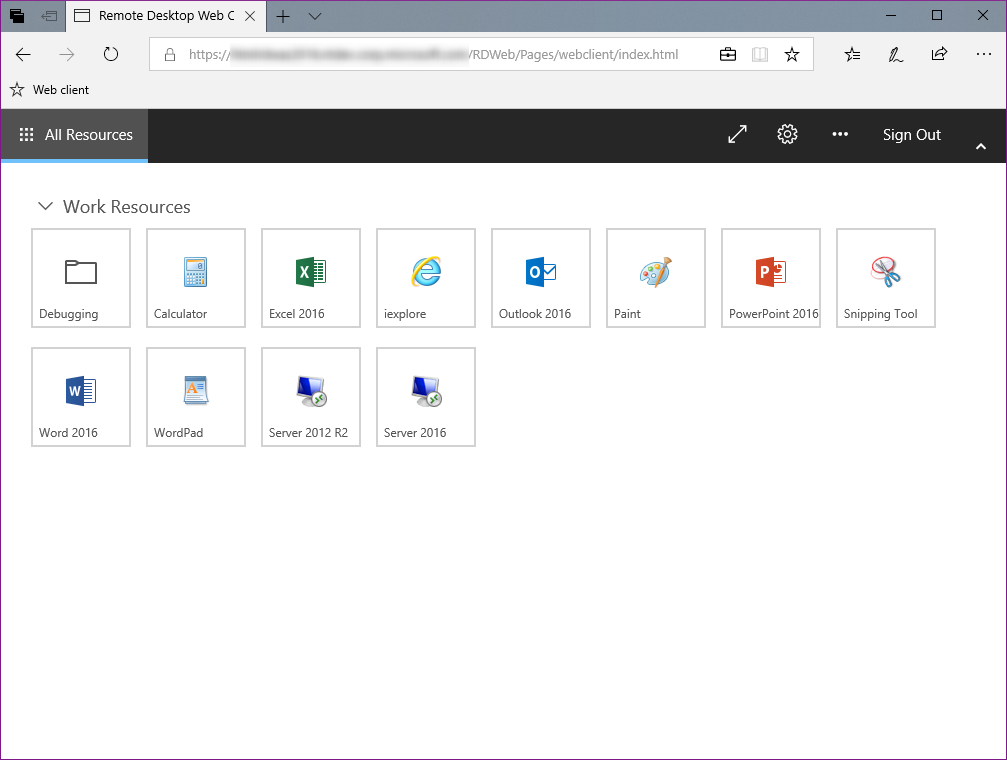Having problems connecting?
To connect from Windows toWindows computers:
I have moved to VM Fusion and created a Windows 8.1 virtual machine and on that run the Windows Remote Desktop Connection Manager. Not a free solution but an incredible improvement over just using Cord. Now that Cord is basically unusable I am so relived I'd moved before upgrading to El Capitan. Hope this helps. With the Microsoft Remote Desktop app, you can connect to a remote PC and your work resources from almost anywhere. Experience the power of Windows with RemoteFX in a Remote Desktop client designed to help you get your work done wherever you are. Getting Started Configure your PC for remote access first. Download the RDP assistant to your PC.
- Remote Access (Win & Mac) Terminal Services or VNC, Virtual PC for Mac OS X Remote (for Yosmite & El Capitan) Remote Desktop Client for Mac OS X: KennelSoft, LLC Richard L. Smith, Managing Director Phone 231-264-9515 Fax 231-264-6667 Email: Support2@KennelSoft.Net Web: www.kennelsoft.com. Mailing PO Box 175 Elk Rapids, MI Shipping.
- Installing Remote Desktop 8 is a good workaround, as it can run on older versions of macOS. However unfortunately it is no longer available on the Mac App Store or from Microsoft. There are some software download sites that offer Remote Desktop 8, however they are likely to contain malware. For these reasons we have uploaded Remote Desktop 8.
- Install the VPN client and connect to the UNT VPN.
- Select a lab from the list and tap the 'Connect to a PC' button; you will be prompted to download and save a .RDP file.
- Open the .RDP file
- Click past any certificate errors or warnings (we're working to resolve this)
- Enter your EUID and password
To connect from Windows to MacOS computers:
- Install the VPN client and connect to the UNT VPN.
- Install a VNC Viewer - TightVNC is required at this time. Instructions for installing TightVNC can be found here.
- Select a lab from the list and tap the 'Connect to a Mac' button, and download a .vnc file
- Open the .VNC file
- Enter you EUID and password on the green UNT login screen.
To connect from MacOS to Windows computer:
- Install the VPN client and connect to the UNT VPN.
- Get Microsoft Remote Desktop 10 from the App Store.
- If your OS is El Capitan or below you must use the Parallels Client instead.
- Select a lab from the list and tap the 'Connect to a PC' button.
- Open the Microsoft RDP file that downloaded.
- Accept any certificate/security notices.
- Enter your EUID and password.
To connect from MacOS to MacOS computer:
- Install the VPN client and connect to the UNT VPN.
- Select a lab from the list and tap the 'Connect to a Mac' button.
- You will automatically be connected to an available computer.
- Enter you EUID and password on the green UNT login screen.
Microsoft Remote Desktop Connection Client El Capitan Free
Note: If you are using a UNT CAS managed Mac, Microsoft Remote Desktop 10 may already be installed.
Printing
Windows:
- Printing from the remote computer to the local computer is supported and enabled by default.
- Printing is enabled or disabled from the 'Local Resources' tab within the RDC client interface
MacOS:

- Printing is not enabled by default.
- Printing is enabled or disabled by editing the connection, then checking Printers in the Devices and Audio tab.
Troubleshooting
- Ensure you are connected to the UNT virtual private network (VPN).
- Get another computer automatically from the pool of available computers.
- Make sure your EUID is formatted correctly. Explicit
- Students: precede your EUID with 'STUDENTS'
- Faculty and Staff: precede your EUID with 'UNT'
- Delete any downloads that end in .RDP
- Double-check the local home network connection
Limitations of Remote Desktop
- Video and Audio performance may be degraded and audio does not work in Chrome; for viewing audio and video we recommend viewing it on your local computer.
- If viewing audio and/or video on the remote computer is required, use Firefox, Microsoft Edge, or Safari
- User Data: any user data stored on the remote system may be irretrievably lost. Users are responsible for their own files and data.
- Users cannot drag and drop files between their computer and the remote desktop; we recommend using OneDrive or set up direct access to file drives.
- Local drives can be used in a remote sessions but is not enabled by default. Read our guide on how to enable local resources.
- Faculty/Staff cannot currently login to macOS remote lab computers.
Microsoft Remote Desktop Connection Client For Mac El Capitan
Contact the CAS Lab Support Team
Microsoft Remote Desktop Client
- Finally, if you still need help you can join our Zoom Team Room for face-to-face help.